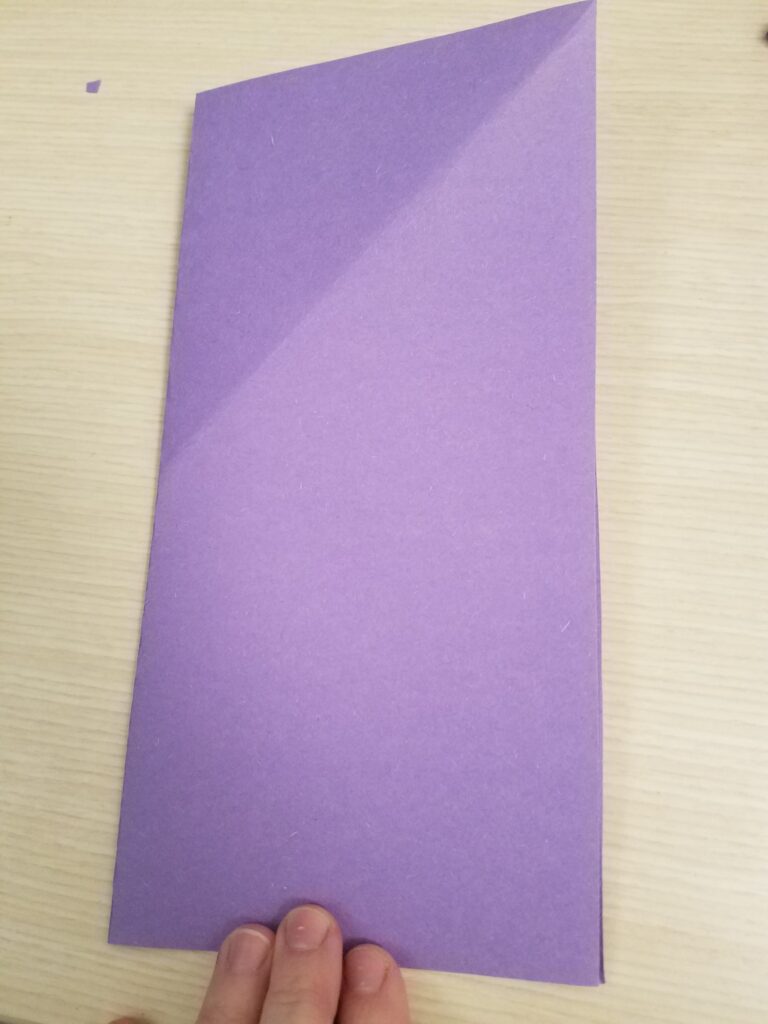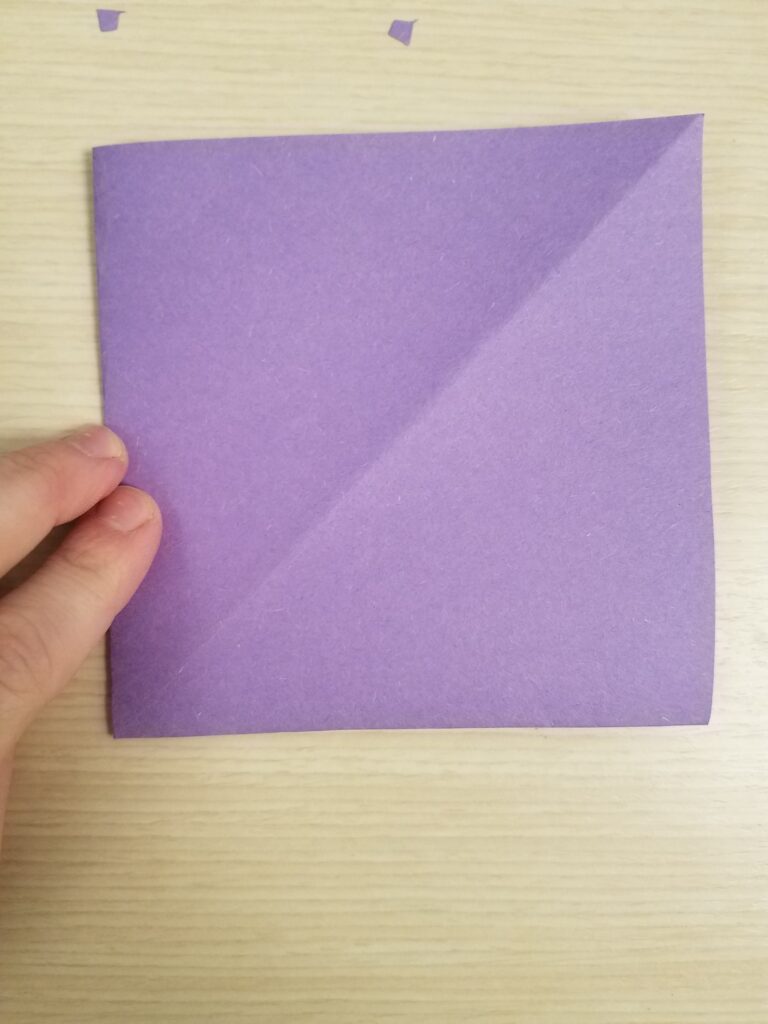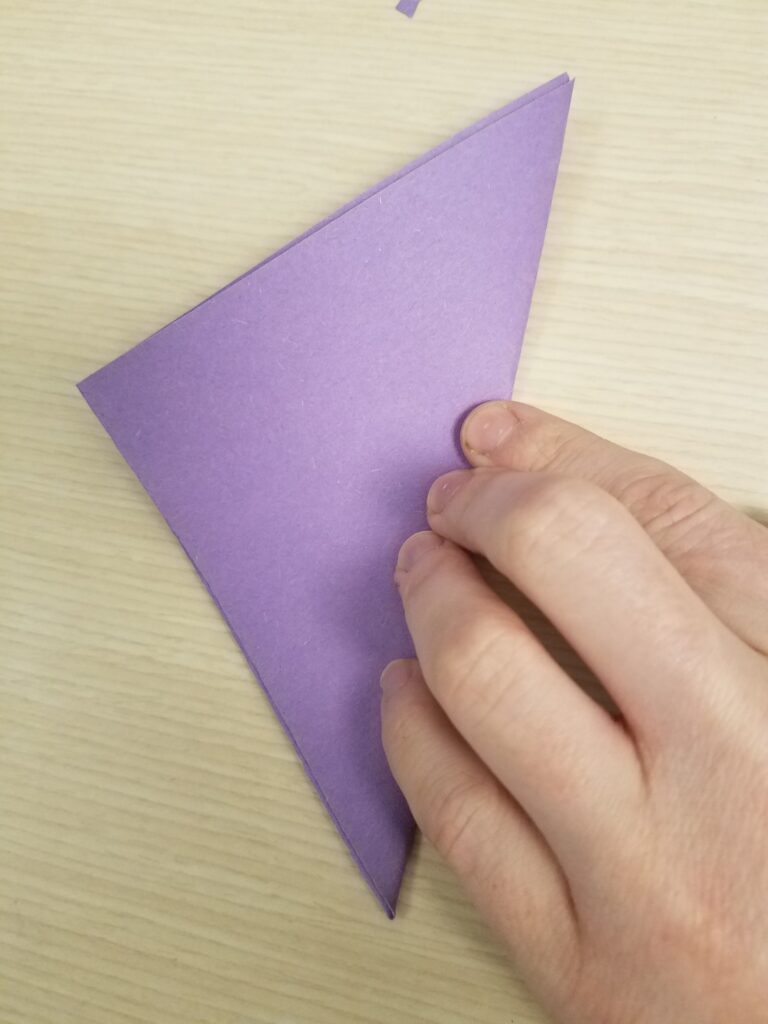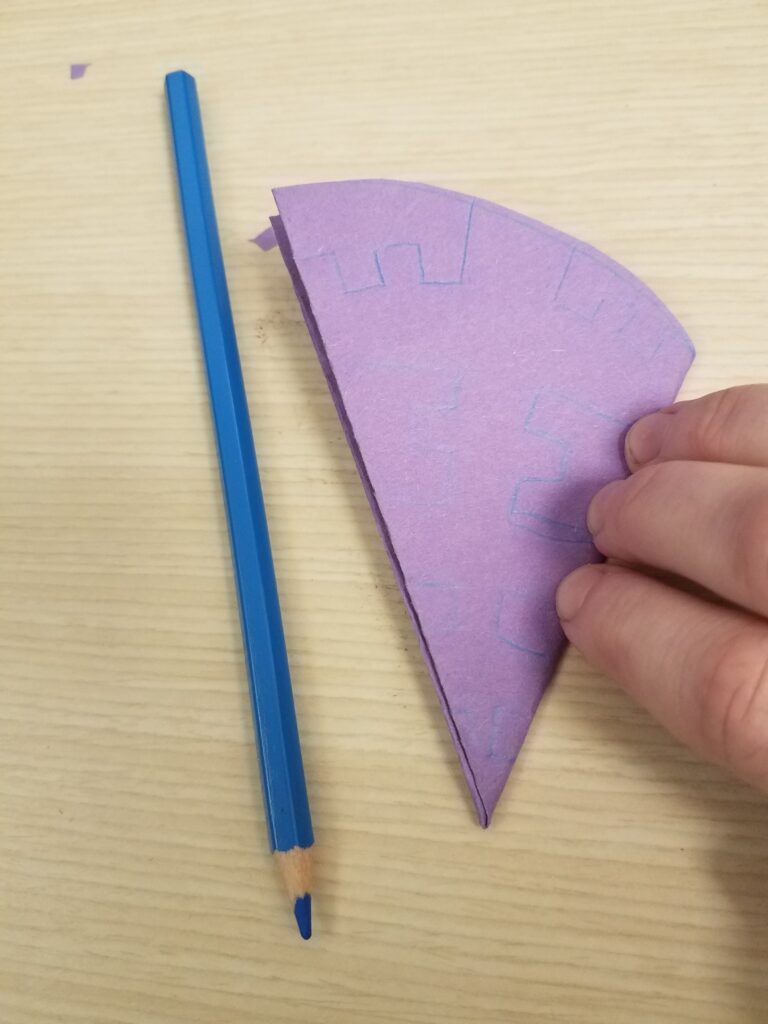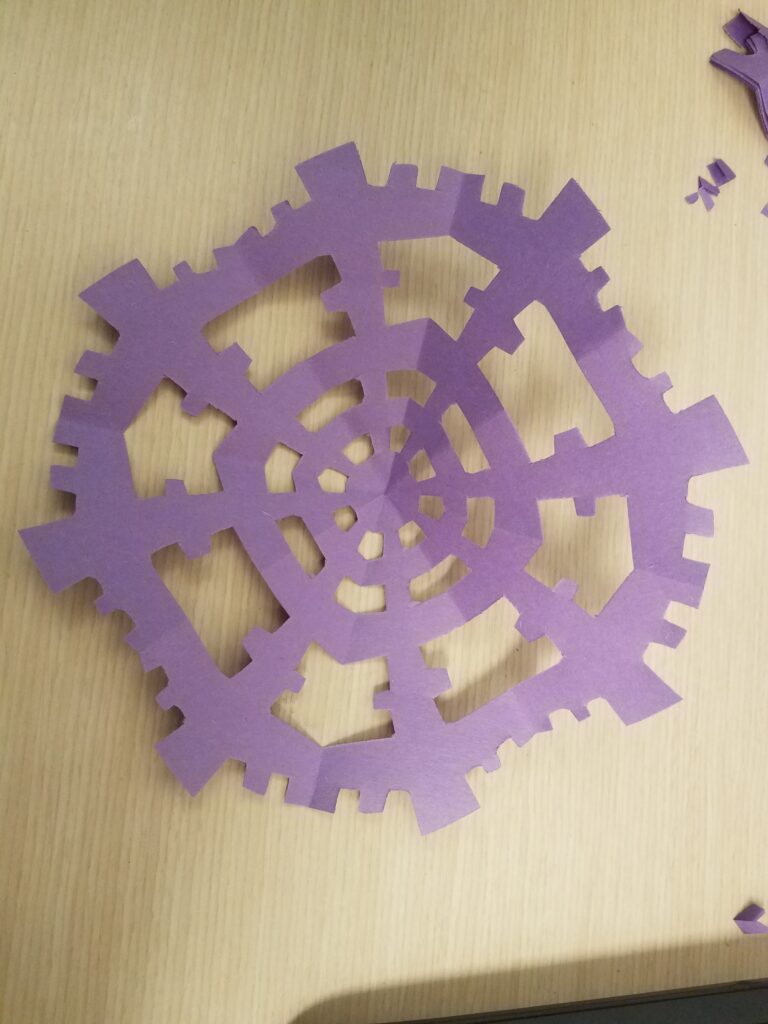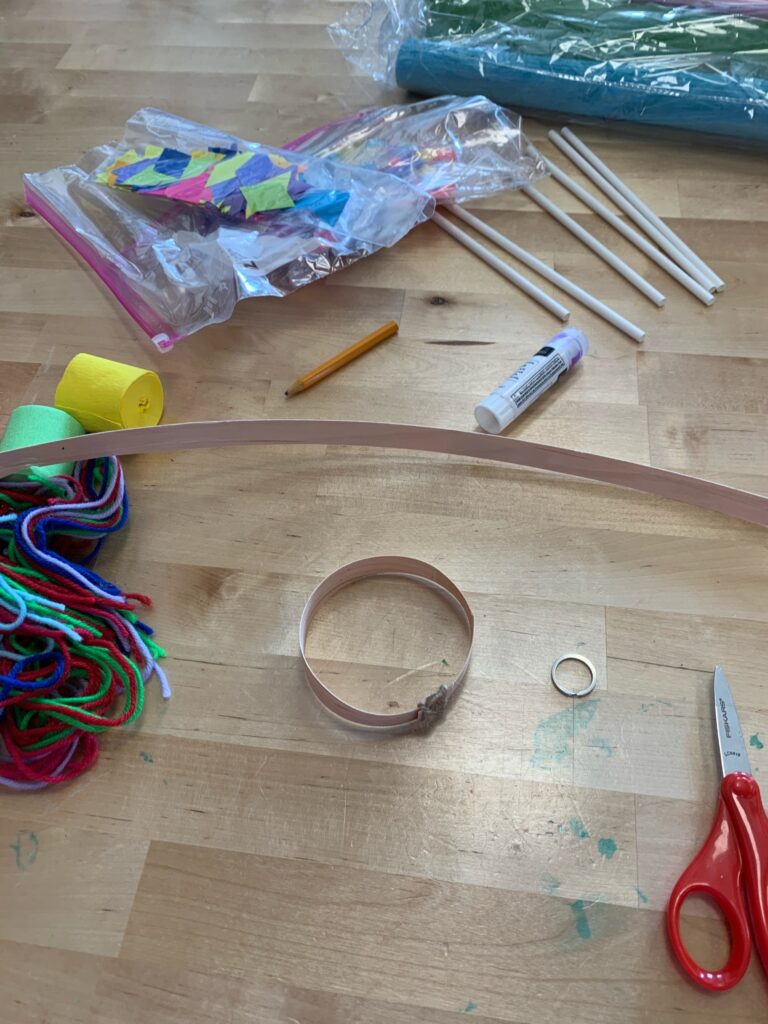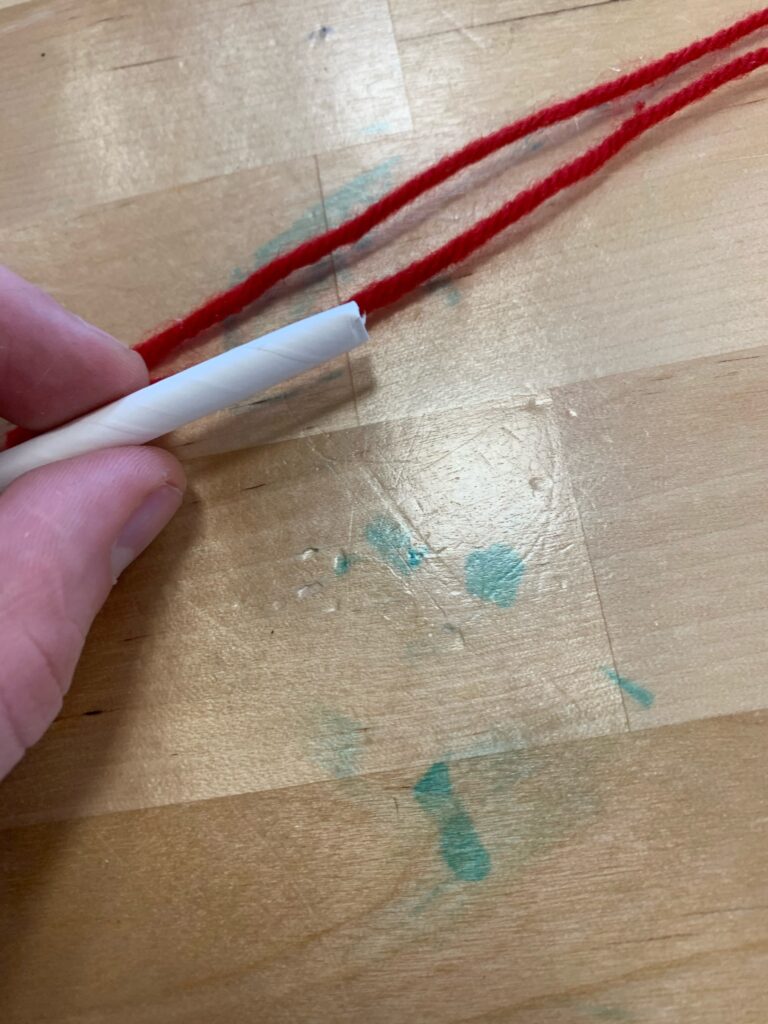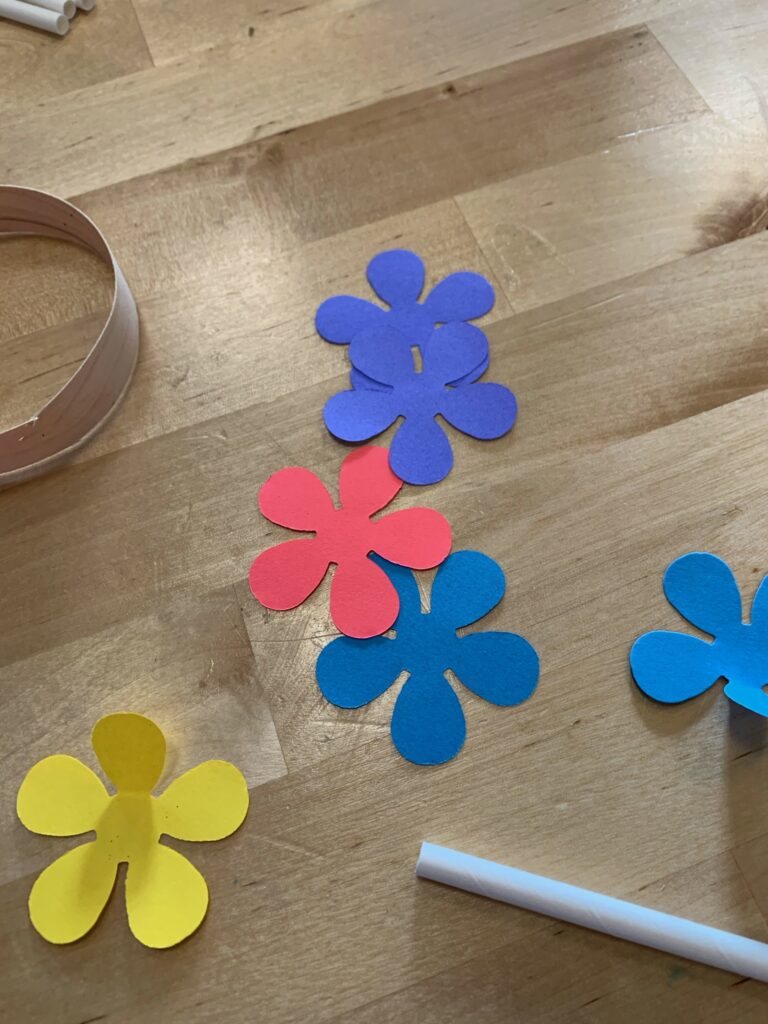Created in partnership with the The Permanent Chair of Polish Culture at Canisius College.

By Amelia Schrader, Senior Manager of Education and
Julia Bozer, Cultural Program Educator
Download a PDF version of this lesson here!
ACADEMIC SUBJECT(S):
Social Studies, Art
DEVELOPMENT SUBJECT AREAS:
Appreciating Diversity
Fine Motor Skills
HOW LONG WILL THIS TAKE TO DO?
15-20 minutes
MATERIALS
• Paper cut into a large square
(at least 8.5 inches x 8.5 inches)
• Pencil
• Scissors
This lesson is brought to you by the Permanent Chair of Polish Culture at Canisius College. Explore & More is thrilled to partner with this organization to showcase Polish traditions, heritage and culture through activities, stories and food. Poland is a country located in central Europe. There are many people in Buffalo and WNY that have roots in Poland. Our community celebrates many Polish traditions at Easter, Christmas and throughout the year. We hope you enjoy these Polish activities and think about incorporating some of them in your family’s yearly traditions!
“Gwiazdy” means “stars” in Polish. This is a paper cutting craft similar to wycinanki art from Łowicz and Kurpie. Gwiazdy appear similar to paper snowflakes, however these cut outs are distinguished by their eight sided patterns.
Directions
STEP 1 Place your paper in front of you and fold in half to form a rectangle.
STEP 2 Fold your paper in half again to make a smaller square.
STEP 3 Fold your paper one last time, but this time from corner to corner forming a triangle.
STEP 4 Draw a curved line at the top of the triangle. The top is the open part without folds. Cut along this curved line. (See photo)
STEP 5 On one side of the triangle, draw a design. Make sure your design does not go across the entire paper and the center remains intact.
STEP 6 Carefully cut along the drawn lines. Unfold and admire your beautiful work of Polish folk art!
VOCABULARY
GWIAZDY: Meaning ‘stars’ in Polish. In Polish folk arts, the gwiazdy is a paper cut out that is distinguished by their eight sided patterns.
SYMMETRY: When a shape or object has two completely identical sides that are facing each other or around an axis.
KURPIE: A region in Poland known for its unique traditional costumes, dance and architecture. The Kurpie region also has its own distinctive wycinanki style that consists of a single color cut out folded one single time.
ŁOWICZ: Located in central Poland, Łowicz offers its own unique style of wycinanki. Characteristics of this style consist of multiple vibrant colors cut out on separate sheets of paper and glued together in layers. Typical motifs of this region include flowers, roosters and geometric patterns.
For more Storytime stories click here!

